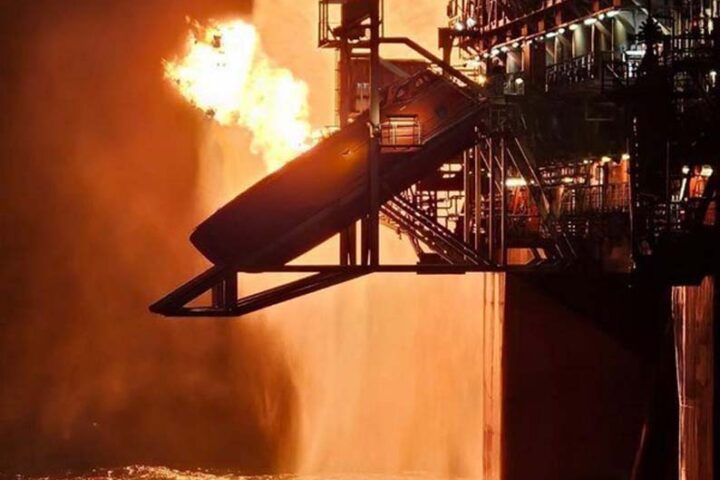.
Marcuard's Market update by GaveKal Dragonomics
It is clear that we are seeing a major conflagration in the Middle East along the deep-rooted Sunni-Shia divide. But beyond the great schism of Islam, the breakdown of national borders that have broadly held since the 1918 Franco-British carve-up of the Middle East is again being dictated by great power politics. This is the story behind the Islamist surge through central Iraq this week. It is likely to have significant consequences beyond the region and has the potential to upset the summer plans of investors who have convinced themselves that volatility is a thing of the past.
With the US having retreated from the region, the big backers of the Sunni and Shia radical groupings are making a grab for territory, sea access, and the control of oil resources and trans-shipment routes. A Shiite crescent has emerged from Syria to southern Iraq and Iran. The Sunni groupings, backed by the house of Saud and the Qataris, want to pre-empt the emerging alliance between the Shiite grouping and Russia. In recent years, Moscow and Tehran have put aside ancient enmities to sign a range of security agreements. This alliance clearly wants to topple the Sunni monarchies in Saudi and the Gulf. By virtue of its inaction, a detached US appears to have sided with the region’s Sunni grouping since the large flow of men across Syria’s western border into Iraq must have been visible to the US military’s surveillance operations.
With the Syrian civil war having ground to a stalemate which leaves the Alawite regime (a Shia offshoot) in place, the Sunni grouping has turned to the softer target of Iraq. Sunni fighters from north-eastern Syria have flooded across Iraq’s western border to seize control of Sunni-dominated regions north of Baghdad. These troops are well trained and well paid (they are said to get at least US$600 dollars a month from Saudi and Qatari paymasters. Many were formerly in Saddam Hussein’s praetorian guard).
If the Sunni groups can hold on to their territorial gains, they will have successfully driven a wedge through the centre of the Shia crescent which runs from Lebanon to the shores of the Persian Gulf and on into Iran. They will have moved the front line of the struggle from an inconclusive stalemate in Syria to Iraq. Since this Sunni domain in eastern Syria and Western Iraq is being formed without US overt opposition, the Shia will draw the obvious conclusion that the nuclear negotiations between Iran and the West must break down. You don’t negotiate when a knife is held to your throat. Consequences will follow.
In the North of Iraq, the Kurds will be horrified to see the return of the Sunni grouping, which explains why Iraqi Kurdish forces on Thursday rushed to secure key military installations in the oil city of Kirkuk. The Kurds again look to be on their own as they can’t expect much help from Turkey. Should the Kurds be overrun by the numerically superior Sunni forces, the loss of life could be awful and the world may lose oil output of some 300,000 barrels per day (bpd). Should Baghdad fall, the Sunni grouping will have a powerful incentive to push on into Iraq’s Southern oil fields. This is the Shia Arab heartland, which will be firmly protected by Iran, but a further 2.5mn bpd would be in play. Such an intensification of the struggle could jeopardize the supply of oil from Kuwait, which next year aims to produce 3.5mn bpd.
It does not require much imagination to conclude that oil output of almost 7mn bpd—8% of global production—could be disrupted if the conflict escalates. Such a loss of output, even temporarily, would send crude prices to stratospheric heights and amount to a major new tax on world consumers. Most vulnerable would be countries with large energy trade deficits, notably in east Asia and Southern Europe. Inflation would rise and bond markets in energy-deficit countries would come under severe pressure. Recessions would follow with dire consequences for government budgets, especially if long term interest rates were to rise.







